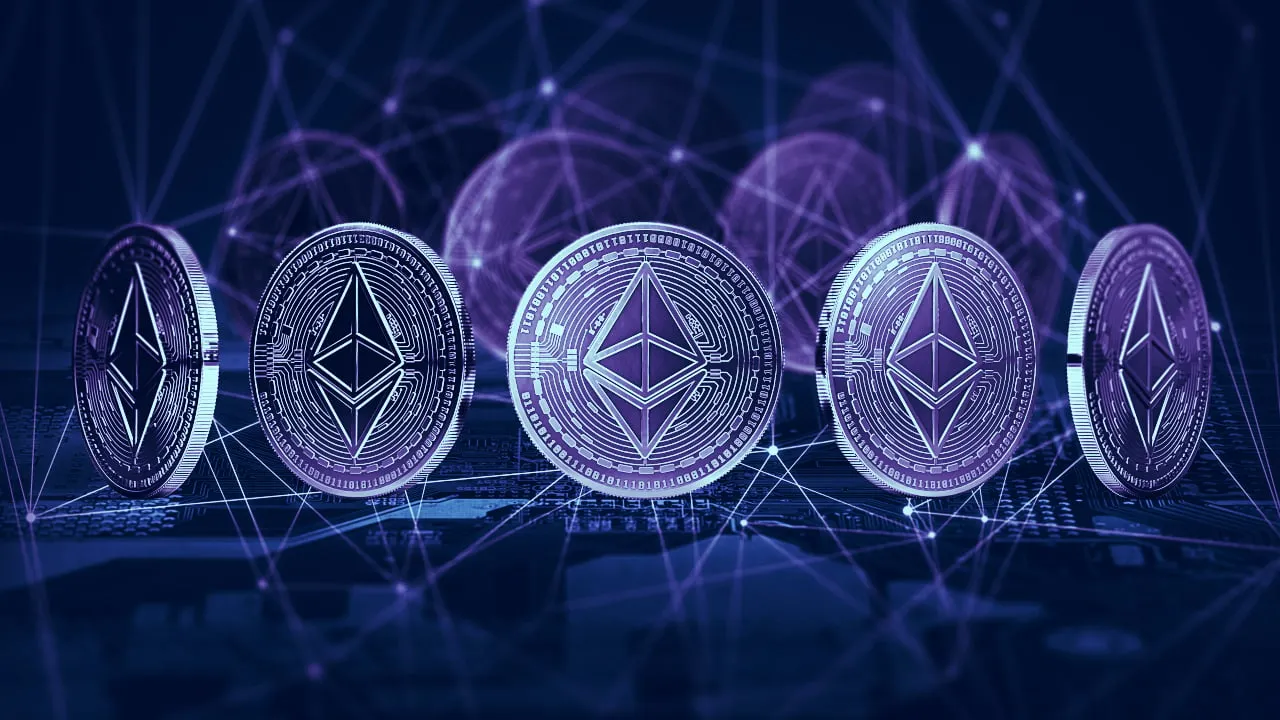In brief
- The average Ethereum transaction fee rose to more than $11, more than double last week’s figure.
- Daily average fees still haven’t dipped below $2, continuing a record-breaking streak.
- More hash power is being added to the network.
Ethereum fees remain at historically elevated levels, as miners scramble to add capacity and profit from record-breaking network activity levels.
Average transaction fees on the Ethereum network have more than doubled since last week, rising to $11.61 on September 17 and maintaining a streak of prices above $2 that’s now lasted for more than a month, far longer than any previous stretch at those levels.
The Ethereum blockchain hash rate—the amount of computational power that supports the network—has also increased to levels unseen since 2018 as miners add capacity to their operations, signaling market activity on both the supply and demand sides that have (almost) never been higher.
Fees paid by users to send tokens or interact with smart contracts on the Ethereum network serve as a measure of network activity, with higher averages translating to more transactions on the network. The average fee of $11.61 was the second-highest daily average on record, only falling short of the record $14.58 average daily fee set a few weeks earlier on September 2, according to blockchain data provider BitInfoCharts.
The total amount of mining power helping process transactions on the Ethereum blockchain has also been on the rise. Ethereum miners use ‘rigs’ of connected computer graphics cards (GPUs) to produce blocks for the Ethereum blockchain, adding ‘hash power’ to the overall pool. In return, miners receive a small and gradually decreasing block reward of ETH, as well as mining fees paid by users to use the network.
With fees at some of their highest levels ever, miners have been adding more and more hash power, increasing the total close to 250 terahashes per second—that’s 250 trillion tries to find the right mathematical computation to find the next blockchain block. That figure is up 30% since the start of July according to blockchain explorer Etherscan, and the hash rate has only ever been higher during a period from February to November 2018, when the hash rate peaked at more than 290 terahashes per second.
Record activity on the Ethereum network is being driven by DeFi, a system of decentralized applications enabling non-custodial, crypto-based lending services and fees for users providing liquidity for trades on decentralized exchanges. DeFi aims to replace centralized rent-seeking financial institutions with protocols offering the same services, but in the hands of the community of supporters and users.
With average fees at some of their highest levels ever and Ethereum miners gearing up for even more network activity, it seems like ETH prices, still off from a recent September 1 peak of more than $480, could be headed skyward, too.

